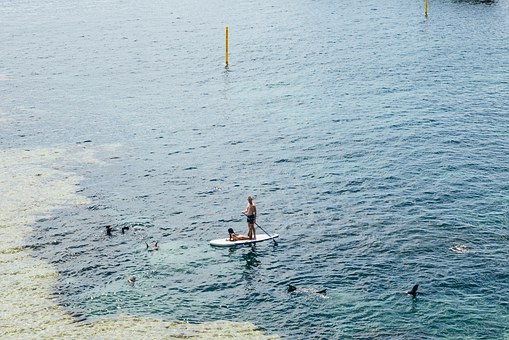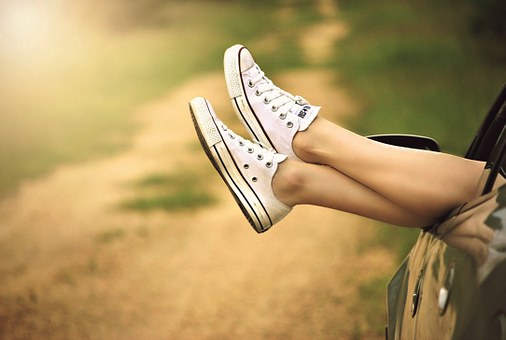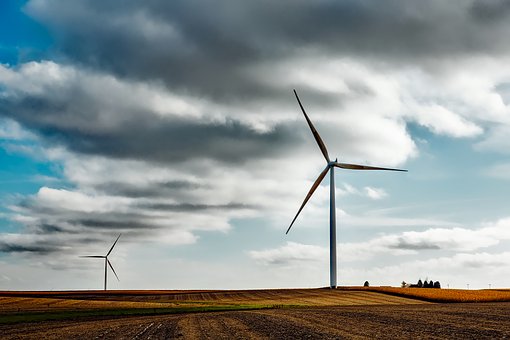
There are a lot of sports or activities that involve water and are very fun. Unfortunately, they also have a predisposition for hurting the environment. Unaware of the environmental dangers such as littering or polluting the environment through fumes and gas, many go about their hobbies or relaxing activities. However, there is a relatively new phenomenon that people seem to be getting very attached to lately.
It’s called paddle boarding and it benefits from being a pollution free activity because there are no engines or spaces for storing food or other things that can end up in the water. You just need a board and a paddle. It’s a fun way of relaxing while still caring for the environment. That being said, you can go check out some paddle boards and clear your mind. You can check out the rest of this article for how you can easily start paddle boarding, and then it’s off paddling.
Paddle boarding isn’t rocket science, but there are some things you have to take into consideration if you want to succeed and have a fun time. First things first, make sure that your surrounding is good for the activity. That means making sure there is no furious wind and that the water is also calm. Once you get some more experience, you will be able to go padding on more agitated waters but for starters, calm water is required.
The beginning
You can start off by prone paddling and then knee paddling. The first one requires you to lie down on your board and put the paddle under you vertically. Hold it with your chest so it doesn’t drift away and paddle with your hands. This helps beginners get a better sense of the experience.
Knee paddling is the next step, and requires you to sit on your knees. While keeping an eye on the paddle and holding it close so you don’t lose it, paddle with your hands from the knee stance, trying to keep the board leveled.
Form
When you feel comfortable enough to stand up, do so. Take the paddle and hold one hand on the top of the handle like you would a canoe paddle. The other hand should be placed lower and the entire paddle should be about 8 inches above you for maximum traction. To maximize the motion, make sure to keep your hands straight when you’re paddling. This will also help you a lot in strengthening your form. Speaking of form, make sure to keep your parallel to each other. You can lose balance easily otherwise.
Paddling, turns and back paddling
It’s time to start paddling. Use the paddle on one side of the board then switch sides. This will give your motion uniformity and keep you going forward rather than sideways. When you want to turn, just keep paddling on one side without switching. Eventually you will reach an angle that you are happy with, at which you can start paddling normally again. If you have to make just a slight turn, or position modification you can use back paddling. Back paddling simply means you paddle in the opposite direction. Note that only the paddle goes in the opposite direction, but you keep your original stance.





Leave a Comment